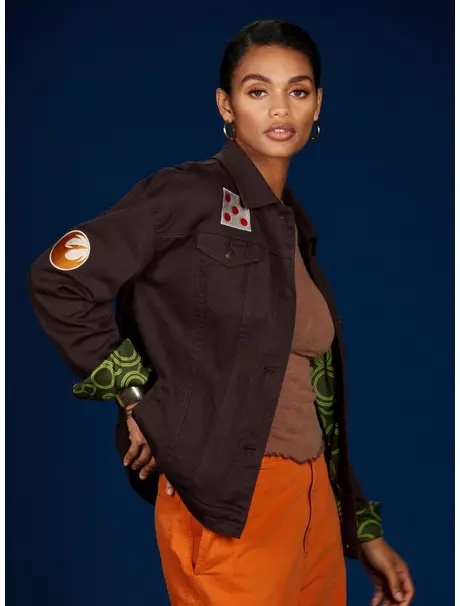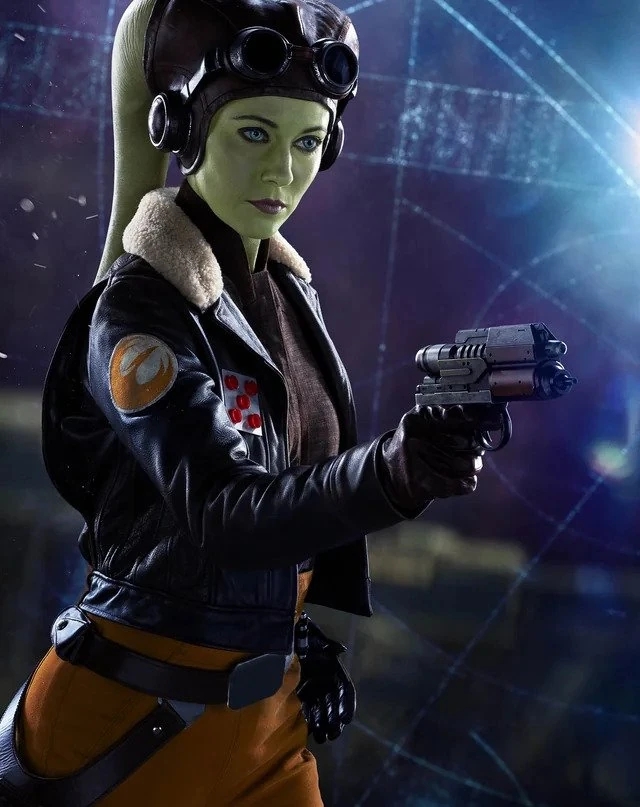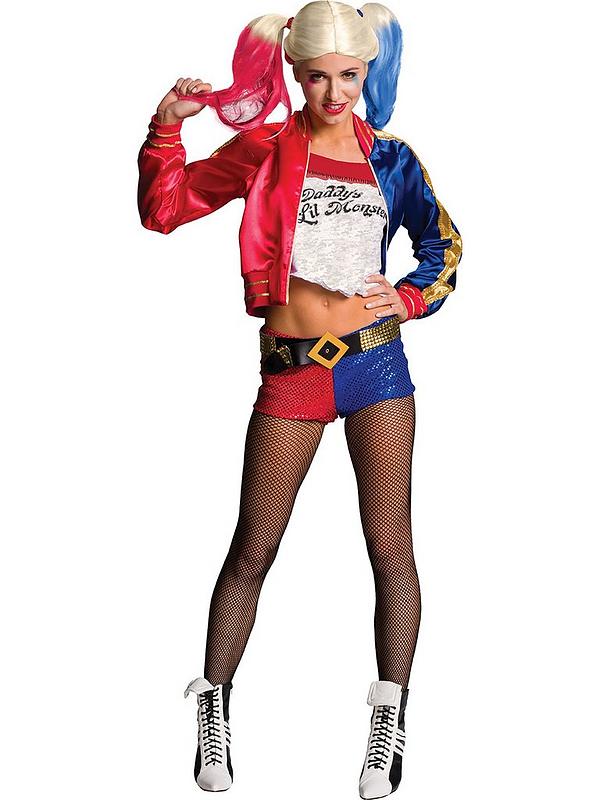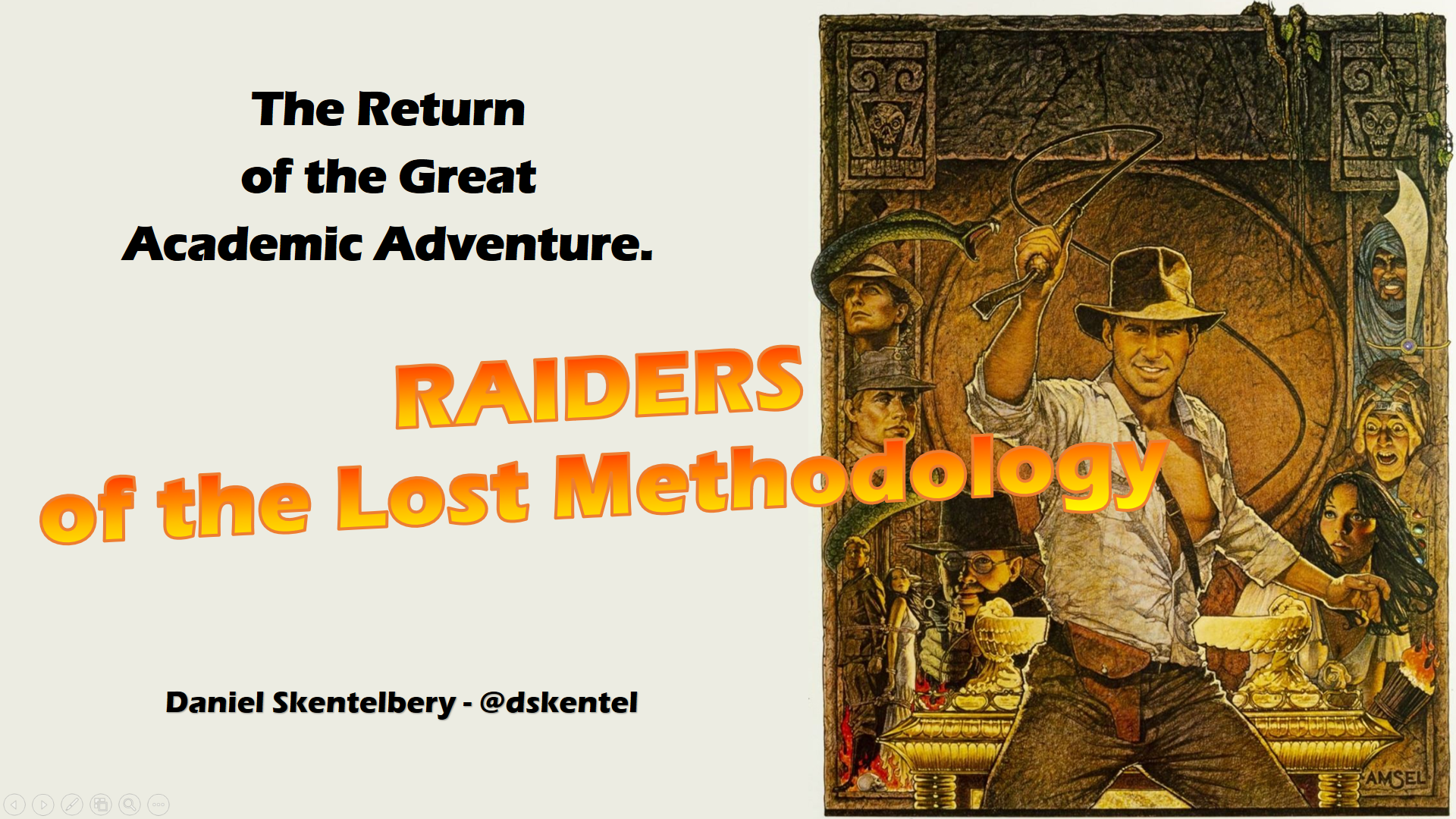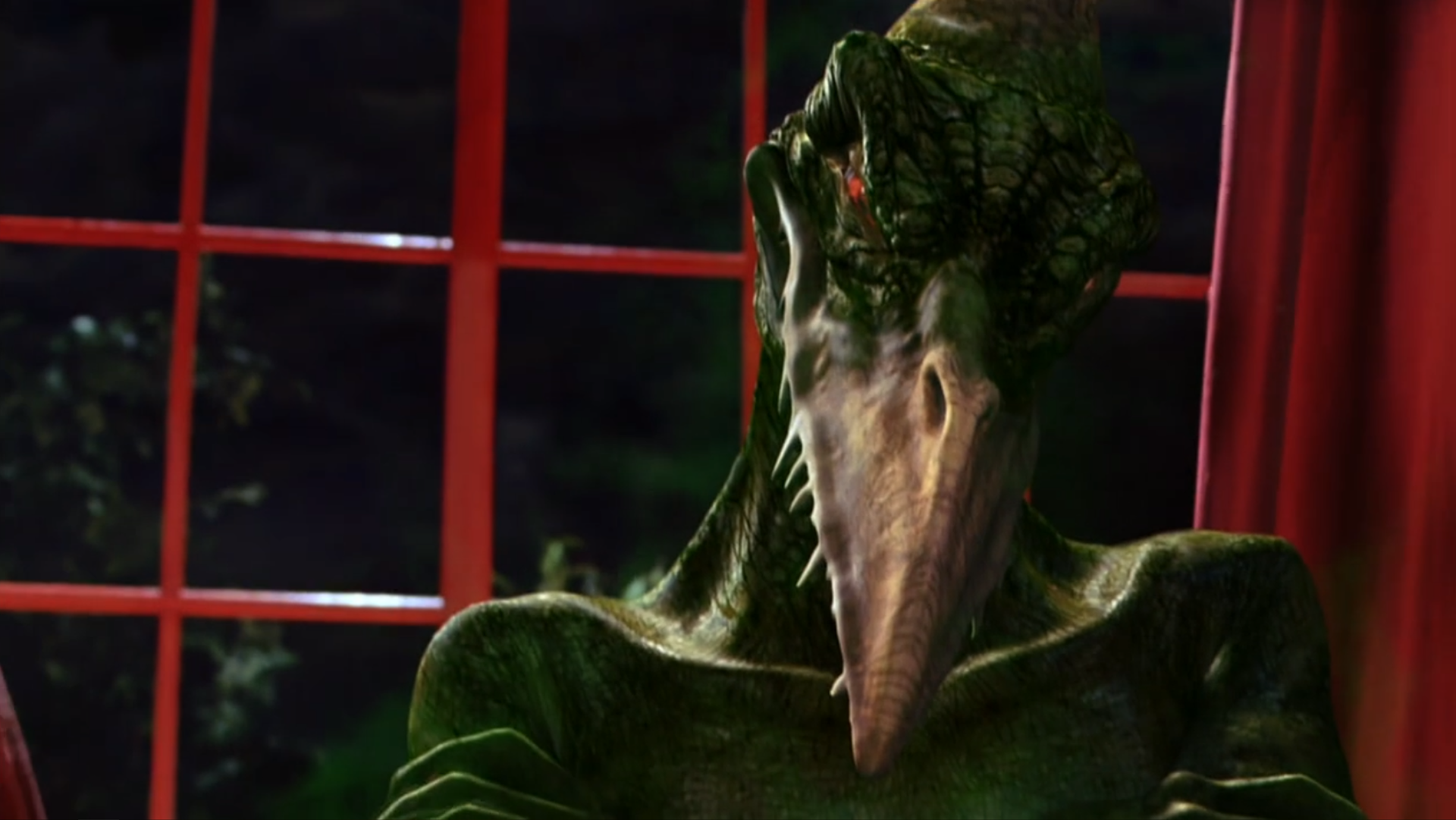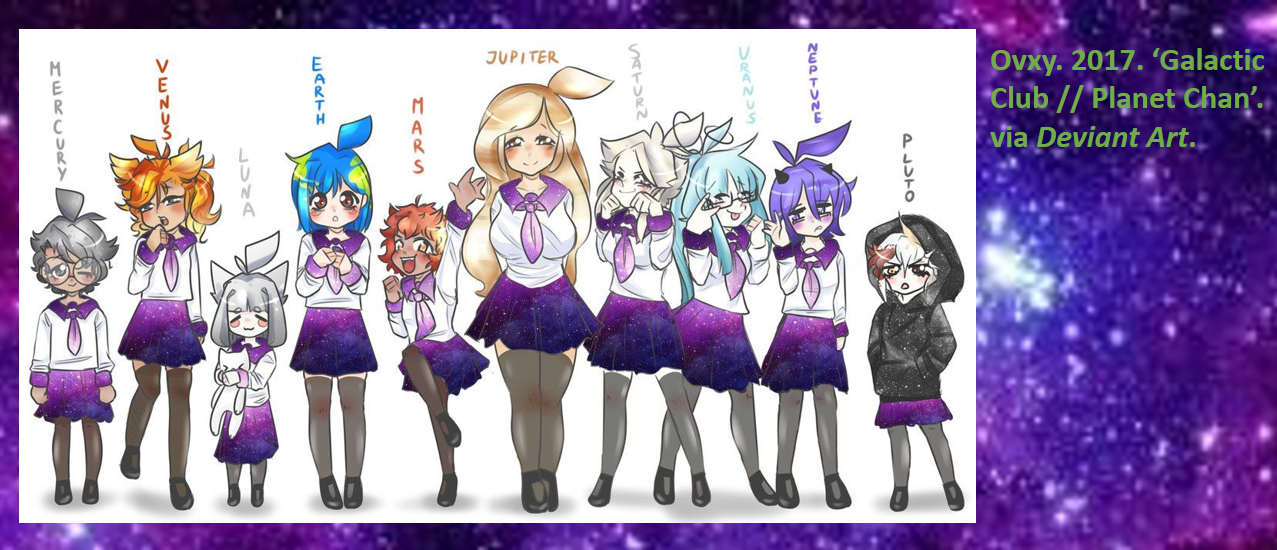Written by Daniel – The clothing brand ‘Her Universe’ have announced a new line of Star Wars themed clothing called ‘Sisters of the Force’ to be unveiled at Star Wars Celebration 2019. Founded by Ashley Eckstein (voice of Ahsoka Tano in Star Wars: Clone Wars and Star Wars: Rebels) nearly a decade ago, one of the companies first line of clothing was a Star Wars series of apparel. This featured many conventional t-shirts and dresses with Star Wars iconography, but it also contained a few more unique pieces, which at first glance appeared to be replications of costumes from the films and TV animated series. But, on closer inspection had subtle differences designed for everyday wear, such clothing has become known as ‘Everyday-Cosplay’ or ‘Casual Cosplay’.

Her Universe – Padmé Lakeside Dress

Her Universe – Sabine Wren

Her Universe – Rose Tico
For those of you who don’t know, I’m a PhD student specialising in cosplay, in particular looking how we can use costumes to explore our own identities and communicate with those around us. But, what is everyday-cosplay, and how does it differ from cosplay? Where cosplay is the costumed performance of a character (from popular media), everyday-cosplay is typical the act of wearing clothes which evoke a popular character. It’s not uncommon to find lists of clothing on ‘Pinterest’ featuring collections of clothes (often from numerous different brands) which compose an outfit evocative of a character. For example, ‘Disneybound’ have produced numerous ‘Pintrest’ collages of clothing one could wear, so that the individual may evoke some of their favourite characters through their everyday clothing.
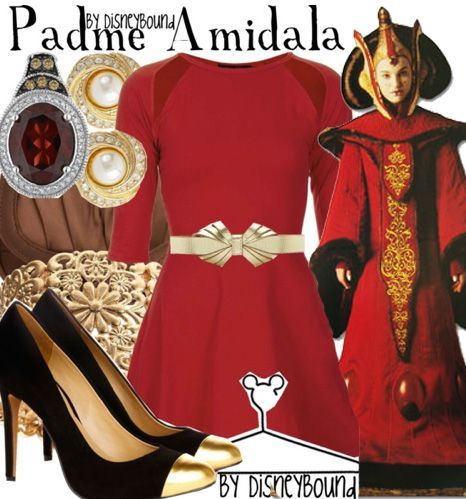
Everyday-cosplay is a type of dress which goes beyond wearing a logo on a t-shirt. It implies a sense of creative expression among fan communities, but also a means of expressing ones-self. Cosplay is momentary, a performance which is ‘put on’ for an afternoon, or a photo-shoot, before the participant returns to their usual self. Every-day cosplay however implies a deep connection between the individual and the fictional character. The reasons for which will be many, including but not limited to the desire to try and be more like someone you admire, to express who you really are, or perhaps simply because you feel an affinity with the character, as if they are like you. Everyday-cosplay might be best seen as a form of adaptation, a means of re-imagining a character (or characters), to re-tell popular characters stories within a new medium, this new medium being the practicalities of real life. These adaptations, much in the same spirit to cosplay allow fans to get creative, to mix an match clothes, or even to design and produce their own clothing which evokes their favourite characters. We can just look on ‘Etsy’ to see a whole host of indie clothes manufacturers who have created their own everyday-cosplays for fellow fans to purchase. Such as: a Chewbacca dress by CrystalCottageCrafts, a Padmé Amidala running top by SundayMorningActive, or a Han Solo inspired skirt by RushHourCosplays.
(more…)
